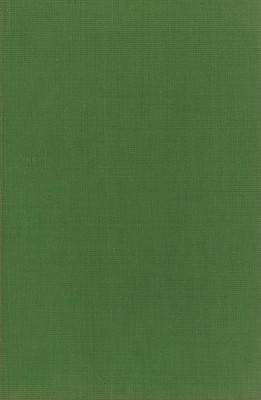
Je cadeautjes zeker op tijd in huis hebben voor de feestdagen? Kom langs in onze winkels en vind het perfecte geschenk!
- Afhalen na 1 uur in een winkel met voorraad
- Gratis thuislevering in België vanaf € 30
- Ruim aanbod met 7 miljoen producten
Je cadeautjes zeker op tijd in huis hebben voor de feestdagen? Kom langs in onze winkels en vind het perfecte geschenk!
- Afhalen na 1 uur in een winkel met voorraad
- Gratis thuislevering in België vanaf € 30
- Ruim aanbod met 7 miljoen producten
Zoeken
The Chorography of Suffolk
€ 34,95
+ 69 punten
Omschrijving
A village-by-village survey of Suffolk, including descriptions of church monuments, other antiquities, local ecclesiastical and manorial customs. and property ownership, in the first five years of the seventeenth century. The Chorography of Suffolk reconstructed in this volume is one of the first attempts of a county survey of Suffolk. It has remained almost unknown and unconsidered by antiquaries since it was compiled, at the end of the reign of Elizabeth I, for no county antiquarian tradition comparable to those in Essex and Warwickshire ever emerged in Suffolk. The unknown author of the Chorography intended his work to be a village-by-village survey of the county, including descriptions of church monuments, other antiquities, local ecclesiastical and manorial customs, and property ownership as he found them in his own day. The resulting work, although never completed, is an invaluable gazetteer of Suffolk as it was in the first five years of the seventeenth century. The manuscript passed into the library of the eminent doctor Sir Thomas Browne, before its acquisition by Peter Le Neve, the indefatigable but eccentric eighteenth century antiquary. It was Le Neve who was responsible for the dismemberment of the Suffolk Chorography manuscript into several hundred fragments, so that from the dispersal of his collections in the 1780s until the present day, the pieces of the Suffolk manuscript have become scattered through at least six different English archive collections, and some of it remains lost. The present volume forms the fruits of a great academic jigsaw puzzle following the first chance rediscovery of a large number of the fragments, and it represents about 95 per cent of the text as it existed before Le Neve's vandalism.
Specificaties
Betrokkenen
- Uitgeverij:
Inhoud
- Aantal bladzijden:
- 184
- Taal:
- Engels
- Reeks:
- Reeksnummer:
- nr. 19
Eigenschappen
- Productcode (EAN):
- 9780851150697
- Verschijningsdatum:
- 1/01/1976
- Uitvoering:
- Hardcover
- Formaat:
- Genaaid
- Afmetingen:
- 160 mm x 234 mm
- Gewicht:
- 521 g

Alleen bij Standaard Boekhandel
+ 69 punten op je klantenkaart van Standaard Boekhandel
Beoordelingen
We publiceren alleen reviews die voldoen aan de voorwaarden voor reviews. Bekijk onze voorwaarden voor reviews.








